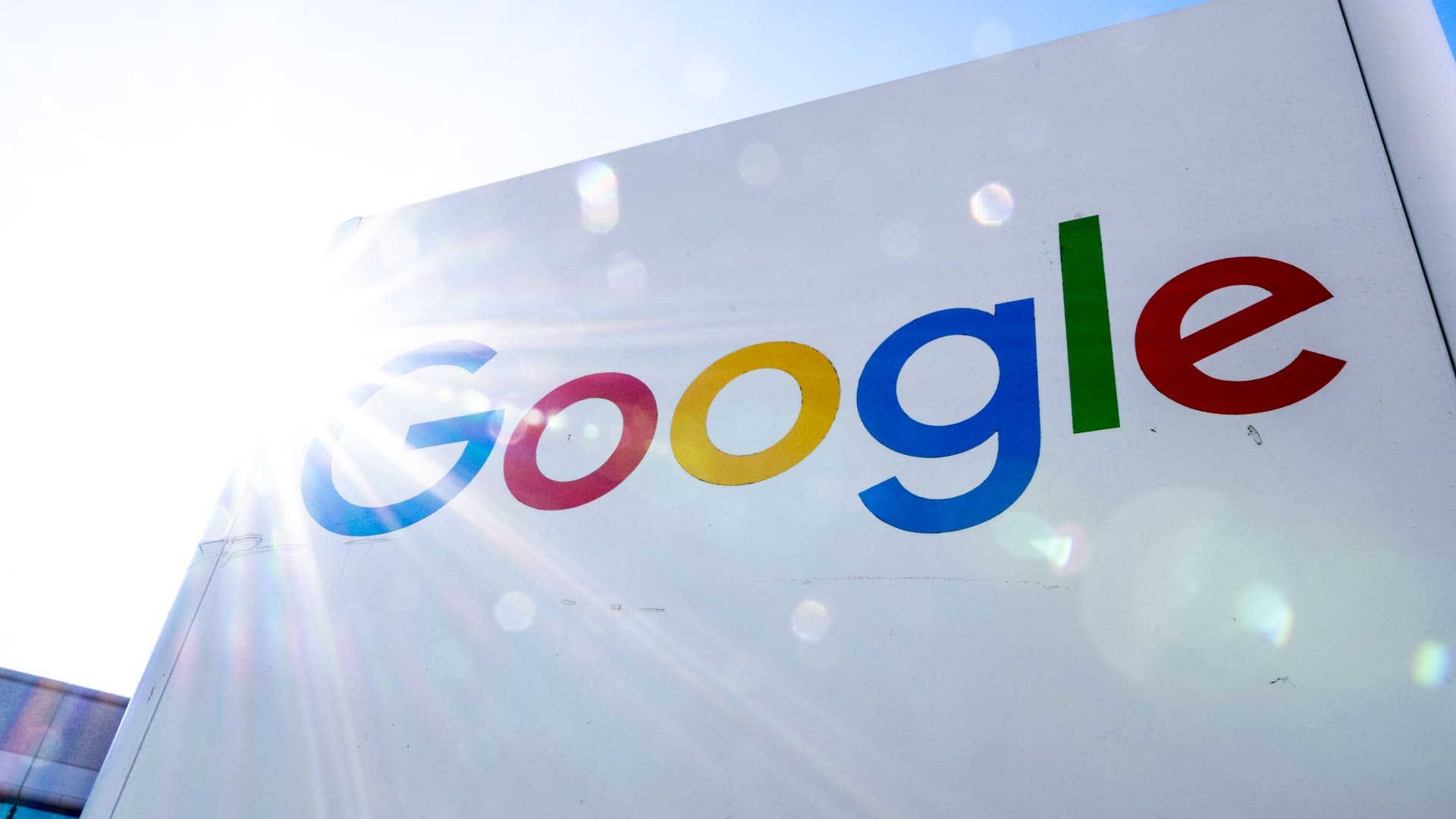Investors cheered Alphabet ‘s recent dividend announcement, but the best rewards are still to come for those who purchase the stock and hold onto it. Shares of the Google parent saw a 10% pop on Friday after the company posted first-quarter results that surpassed analysts’ expectations. Alphabet also announced $70 billion in share buybacks and its first-ever dividend of 20 cents a share , payable in June. The tech giant is in good company: Facebook parent Meta Platforms announced a 50-cent per share payout earlier this year, while Salesforce authorized a dividend of 40 cents per share . Though these dividend yields are modest – with Alphabet paying a 0.5% yield versus the S & P 500’s yield of roughly 1.3% – the income and the growth prospects carry plenty of promise for the investors who buy and stick around. “Alphabet validated our investment approach to some degree,” said Charlie Gaffney, managing director at Morgan Stanley Investment Management and portfolio manager of the Eaton Vance Dividend Builder Fund (EIUTX) . The Google parent is among the fund’s holdings. “They generate an awful lot of free cash, and we feel good about what the business looks like,” he said. “We are excited that they initiated, but we’re also excited about the opportunity to grow the dividend over time. … I find it highly unlikely they just hold the dividend at this level.” Not just runaway stock appreciation It’s easy to get starstruck by price appreciation in the Big Tech names, with Alphabet up more than 17% in 2024 and Meta jumping nearly 22% in the period. However, when you buy and hold these names, and then you reinvest the dividends, you get an enormous bang for your buck. Consider International Business Machines , which recently beat on quarterly earnings but not revenue. Shares are up by less than 2% year to date, and the stock currently offers a 4% dividend yield. The longer-term story is that if you bought $1,000 of the stock in 2003, and then you reinvested the dividend by purchasing more shares, your holding would have been worth $3,280.95 by the end of 2023. That reflects a return of 228.1%. Had you spent down the income, your holding would’ve seen a jump of about 85% over that 20-year period. Other names that offer investors that combination of income and growth prospects include semiconductor company Qualcomm and Broadcom , offering yields of 2% and 1.6%, respectively. Looking for the next dividend payer When scanning the universe for dividend payers, Gaffney has three buckets. The first would be the “dividend sustainers,” or names that have historically made payments to their shareholders over the past 10 to 20 years. “They sustain a level of dividend income back to investors over numerous cycles,” he said. “That’s a nice, durable franchise to look at in that cohort of the market.” Dividend growers are in the second category. This includes names that have strong growth prospects, high margins and high returns on capital. “What that means is they generate free cash flow, and that can drive a strong dividend growth rate for that business,” Gaffney said. Dividend initiators are in the final group, a category that until recently included Alphabet, the portfolio manager said. In this case, companies not only have strong growth prospects, but they also have competitive advantages – products and services that are differentiated in the market and highly sought after, Gaffney said. “We look at growth, the durability of growth and a high margin business with a low capital intensity, which results in high free cash flow profiles,” he said. “Perhaps the new age of dividend payers isn’t traditional slower growth, mature, large companies,” Gaffney added. “There are companies, as we saw with Alphabet and others, that are dynamic, growing and not afraid to pay dividends.”
New dividend payers in the tech make the case for buying and holding
Related Posts
RECENT POSTS
Browse by Category
- Books (1)
- Business (3,475)
- Events (2)
- Fashion (5,451)
- Horror (1)
- Interviews (28)
- Movies (5,447)
- Music (5,481)
- News & Gossip (6,219)
- Television (5,477)
- Uncategorized (1)
- Video Of The Day (883)
READERS' PICKS
EDITOR'S PICKS
© 2022 EssentiallyHollywood.com - All Rights Reserved
















































































